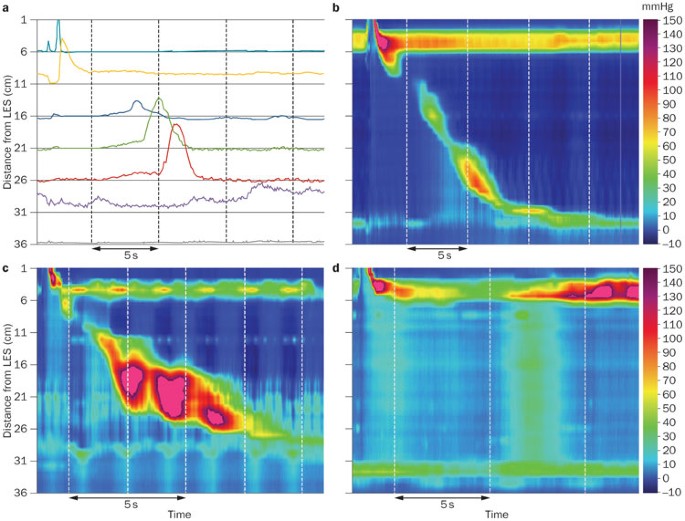
- Select a language for the TTS:
- UK English Female
- UK English Male
- US English Female
- US English Male
- Australian Female
- Australian Male
- Language selected: (auto detect) - EN
Play all audios:
NEW YORK — On the 77th floor of One World Trade Center, in an office with panoramic views of Manhattan, executives from pharma and biotech companies like Regeneron and Merck heard the pitch:
Please help us study GLP-1s in Parkinson’s disease.
With the explosion in popularity of diabetes and weight loss drugs like Ozempic and Zepbound, GLP-1 receptor agonist drugs have been hyped as potential miracle cures for many diseases.
GLP-1s are being studied for cardiovascular disease, liver conditions, kidney disease, and Alzheimer’s. Older approved GLP-1s from Novo Nordisk, Sanofi, and Amylin have been or are being
explored for Parkinson’s.
But amid all the jostling to find the next use case for GLP-1s, the proposition in October — the day before the Michael J. Fox Foundation’s annual meeting in New York — came from an unlikely
source: Koneksa Health, which helps drug developers use smartphone apps and wearables to study whether their treatments work. Koneksa hatched a plan to study GLP-1 with its tools after
researchers in April published results of a randomized control trial showing that people with Parkinson’s on Sanofi GLP-1 drug Lixisenatide saw no worsening of motor symptoms over a year,
compared to those on placebo who did.
Tech is transforming health care and life sciences. Our original reporting is here to keep you ahead of the curve.



:max_bytes(150000):strip_icc():focal(959x0:961x2)/wp-tout-29-b7de7989f9d440c88fb05e338fe357b5.jpg)

:max_bytes(150000):strip_icc():focal(999x0:1001x2)/gettyimages-74712849-2000-2d2c538da13a4444b1eb3607c975088e.jpg)


